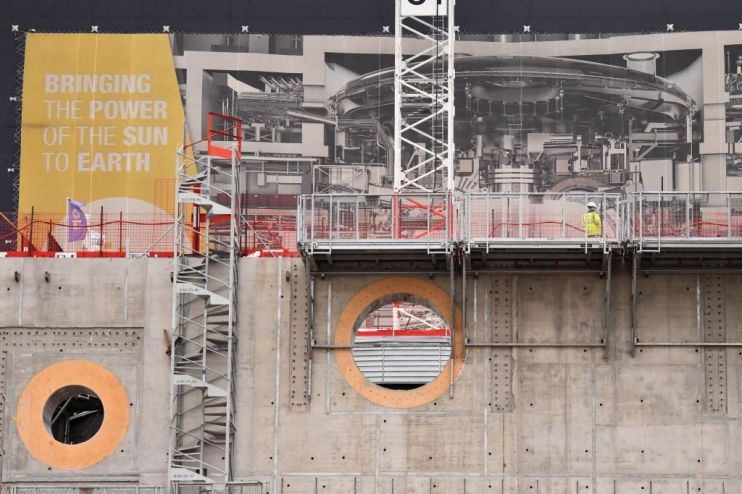European scientists get one step closer to fusion energy

The UK’s JET laboratory has beaten its own world record for the amount of energy it can pull out of two forms of hydrogen in the race for fusion power.
Nuclear fusion, the energy reaction that powers stars, could be the pathway to unlimited low-carbon, low-radiation energy on Earth.
While the power European scientists produced was only enough to boil around 60 kettles of water, it more than doubled what the Joint European Torus (JET) achieved in 1997.
“The JET experiments put us a step closer to fusion power,” said Dr Joe Milnes, the head of operations at the reactor lab.
“We’ve demonstrated that we can create a mini star inside of our machine and hold it there for five seconds and get high performance, which really takes us into a new realm.”
JET is likely to be decommissioned after 2023, as France’s ITER takes on the baton to begin plasma experiments in 2025 or soon after.
The ITER facility in southern France is supported by a consortium of governments, including from EU member states, the US, China and Russia.
And is anticipated to be the final step in maturing nuclear fusion practices, proving it can become a reliable energy provider in the second half of this century.
“These experiments we’ve just completed had to work,” JET CEO Proffessor Ian Chapman told BBC News. “If they hadn’t then we’d have real concerns about whether ITER could meet its goals.
“This was high stakes and the fact that we achieved what we did was down to the brilliance of people and their trust in the scientific endeavour.”